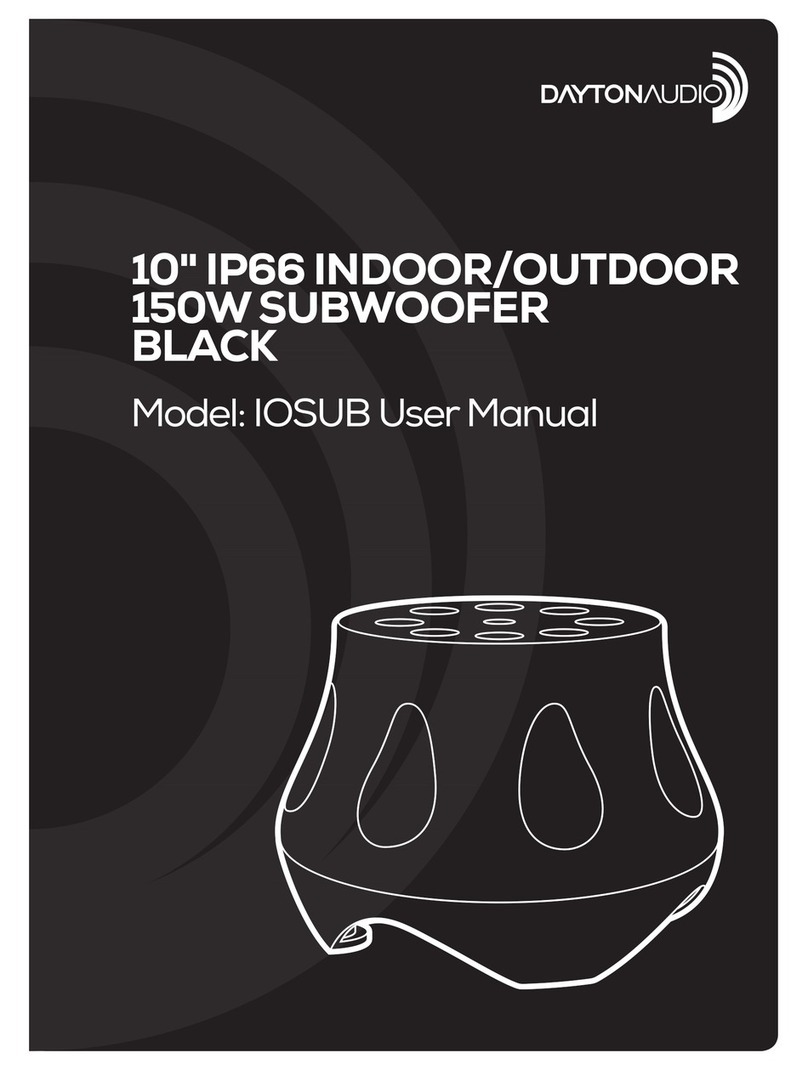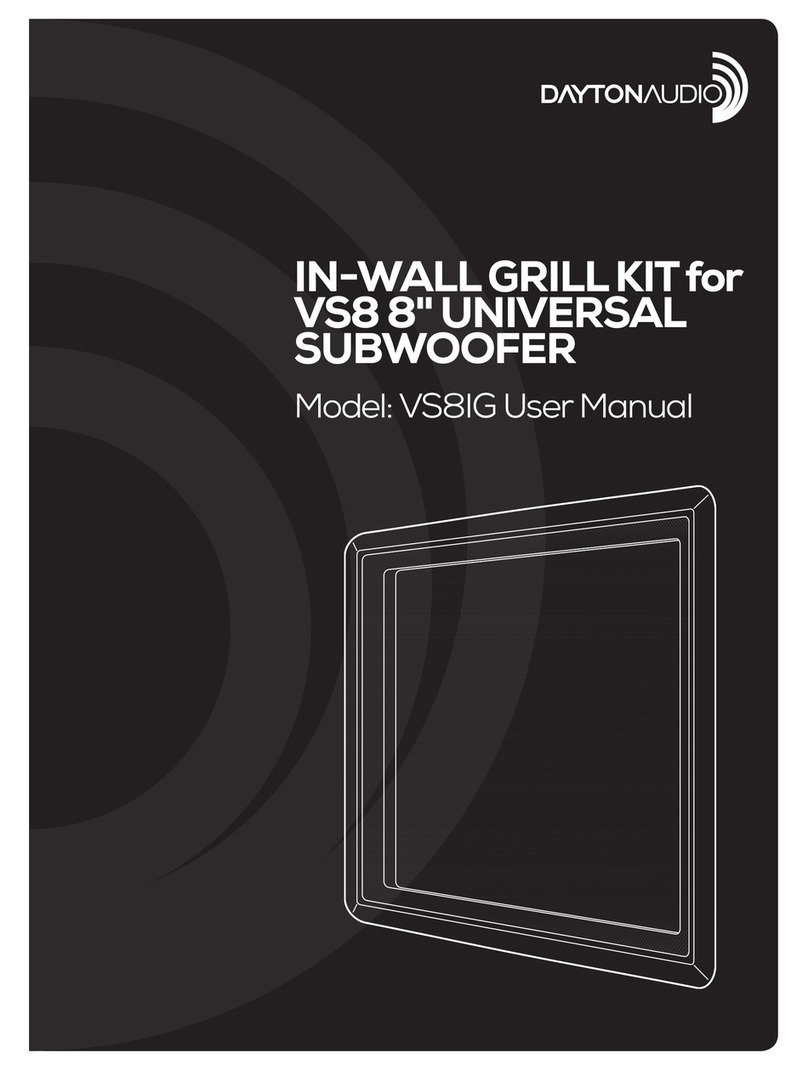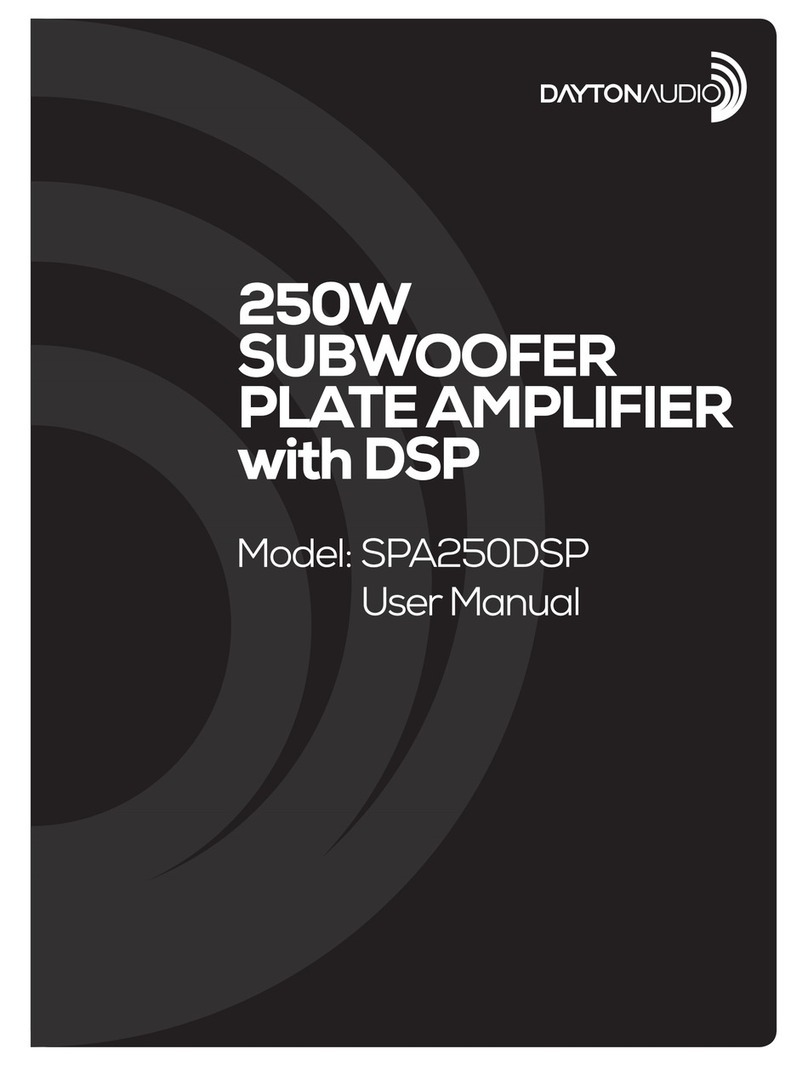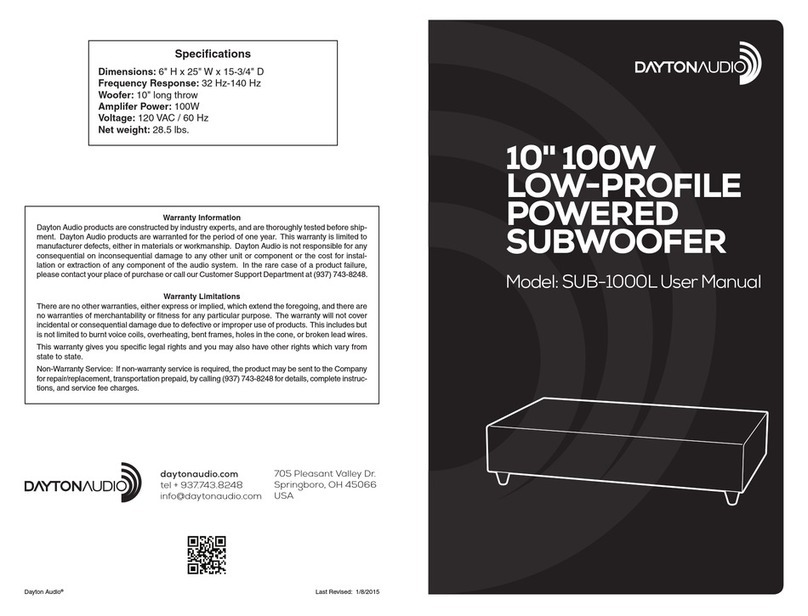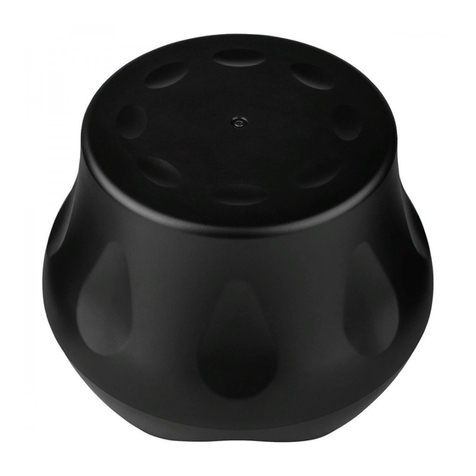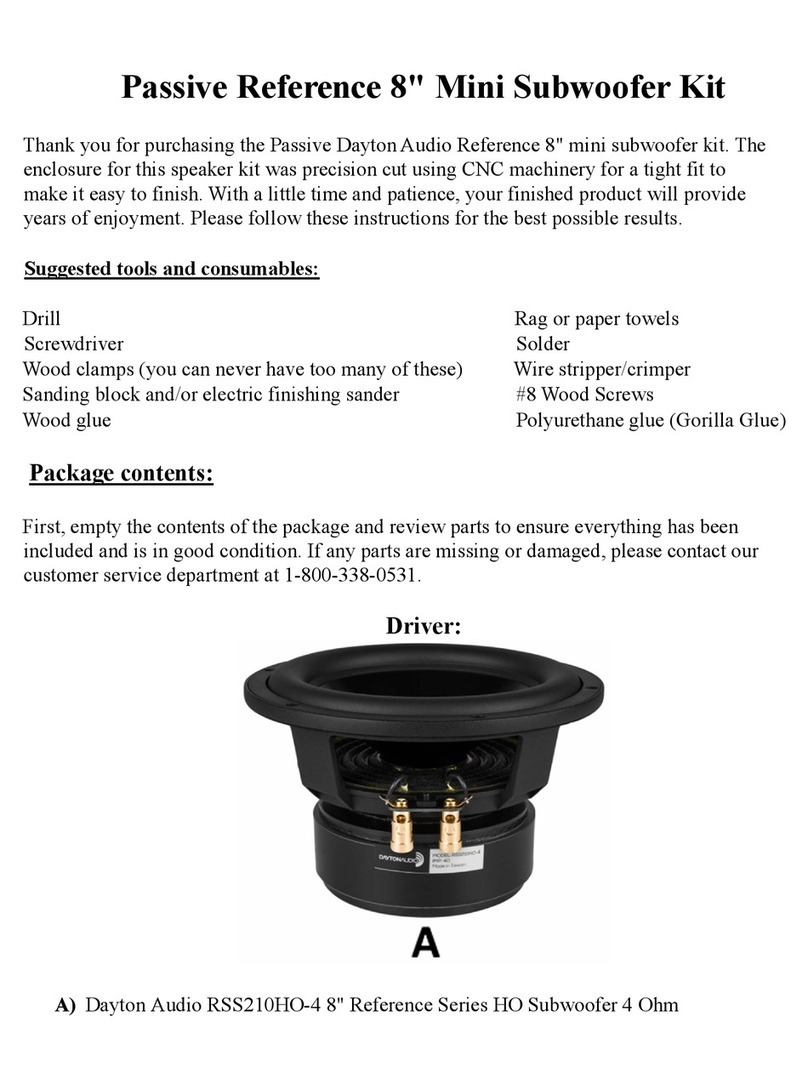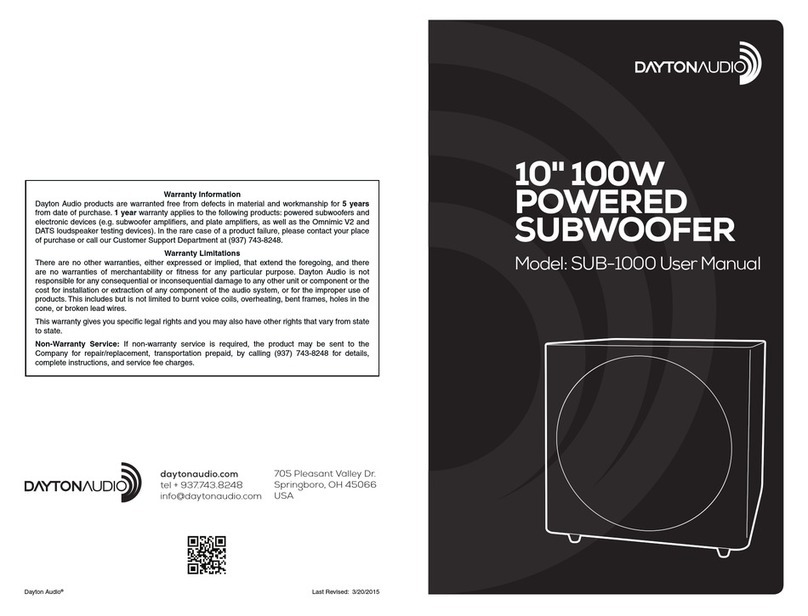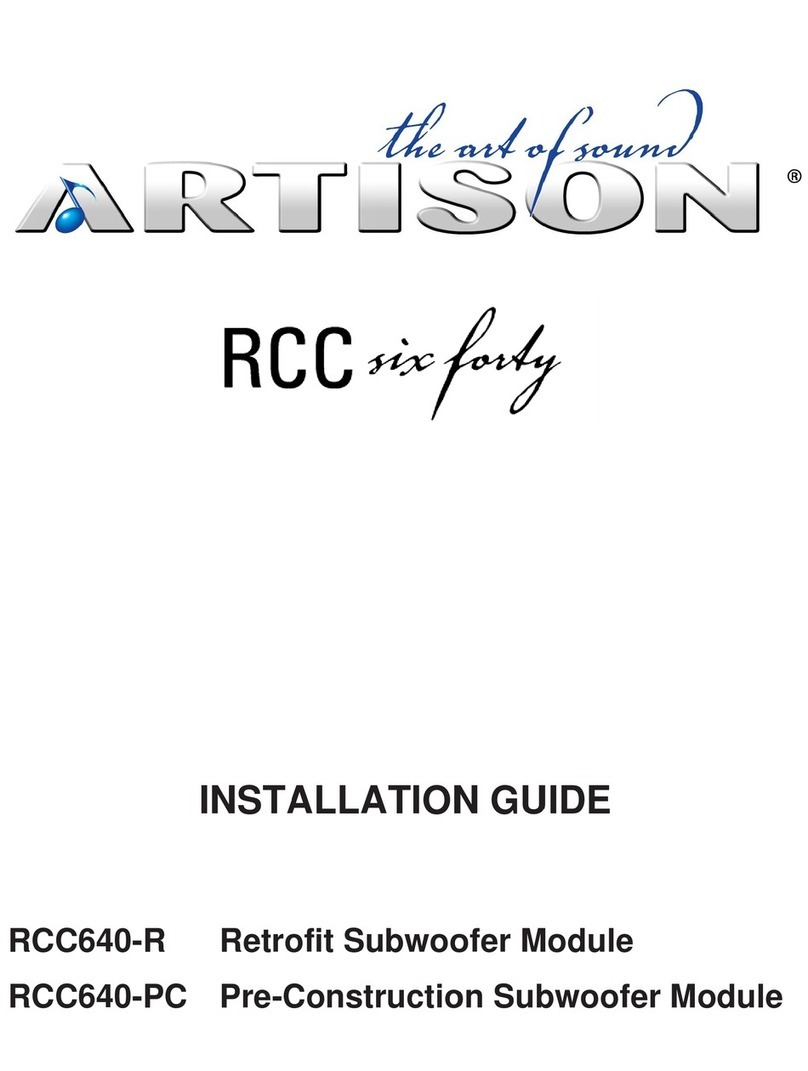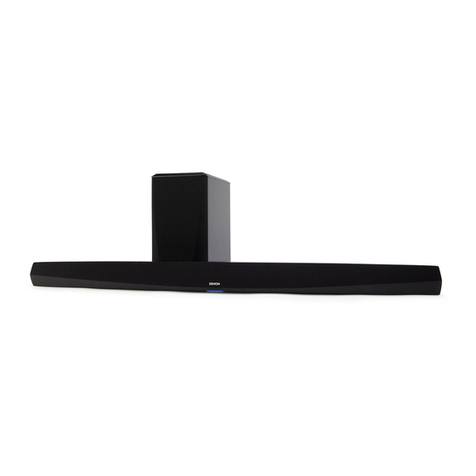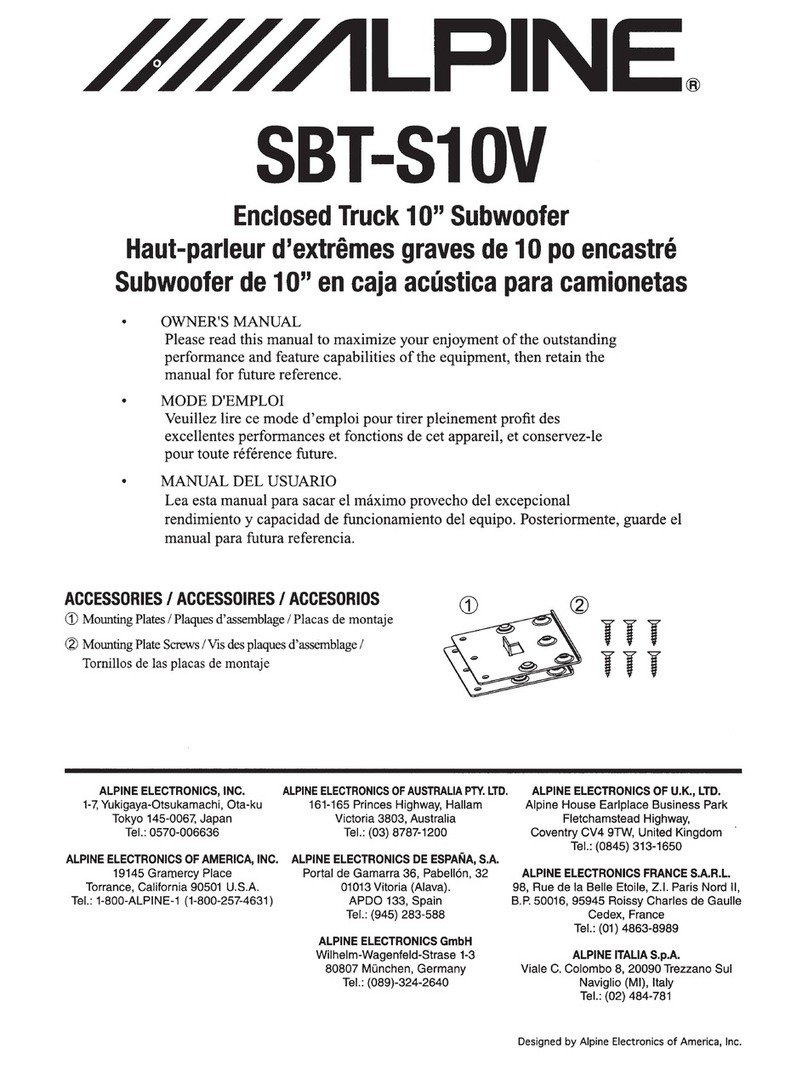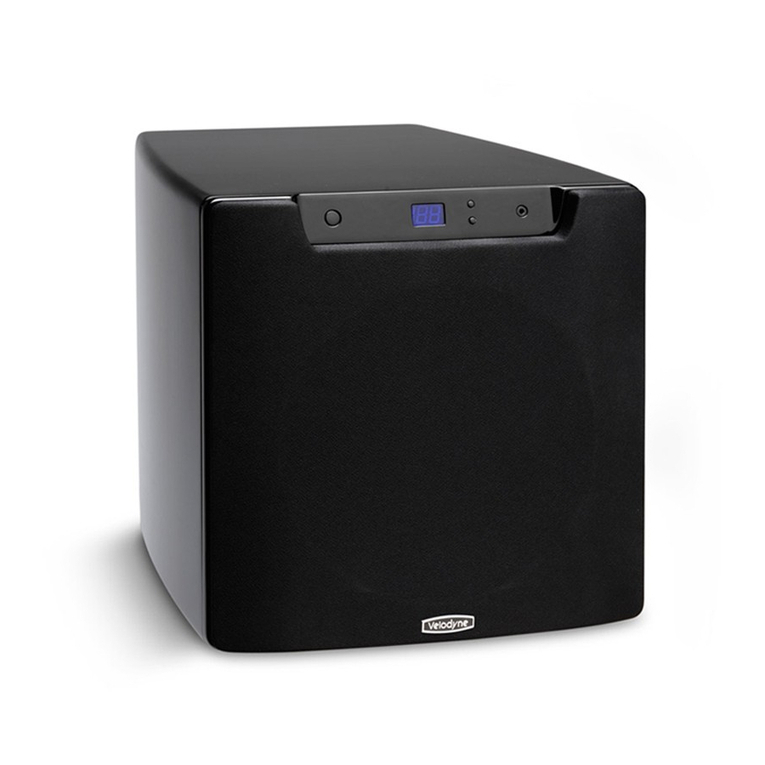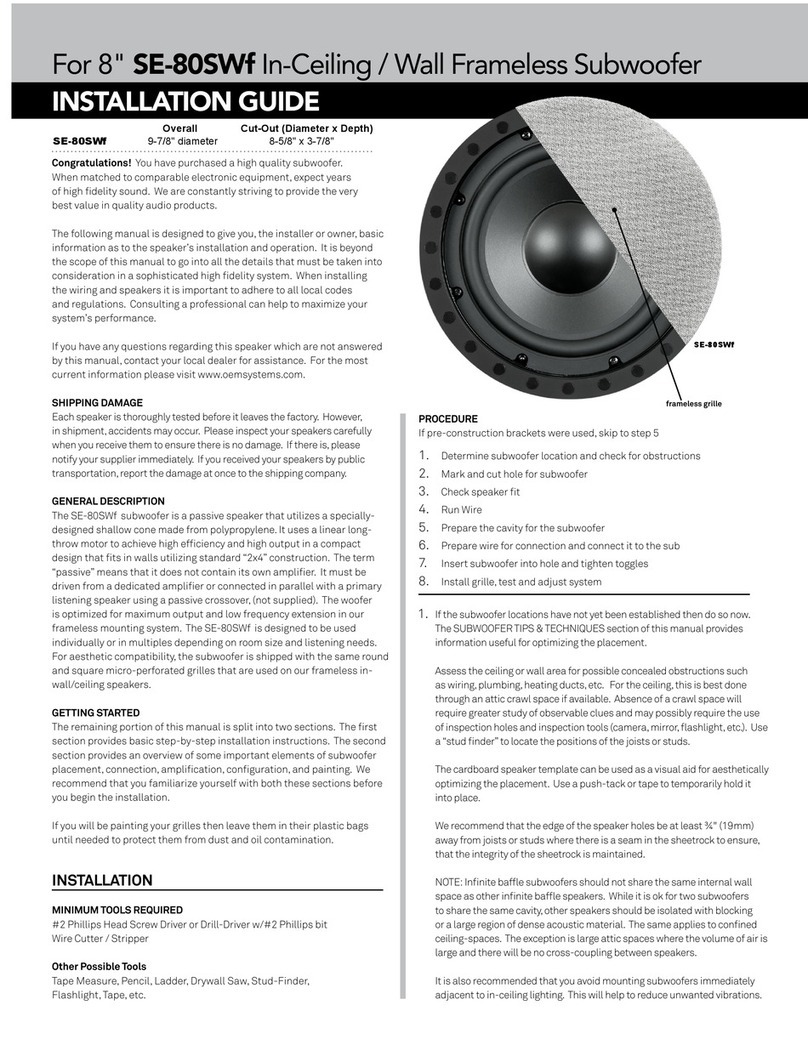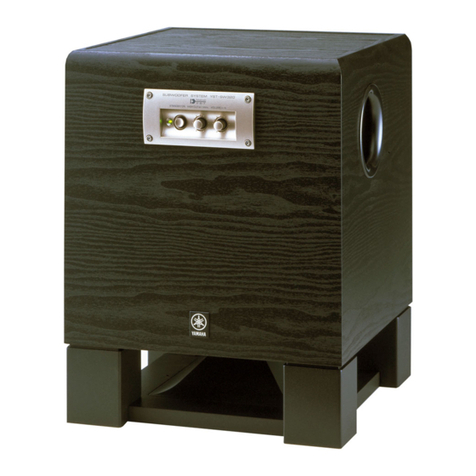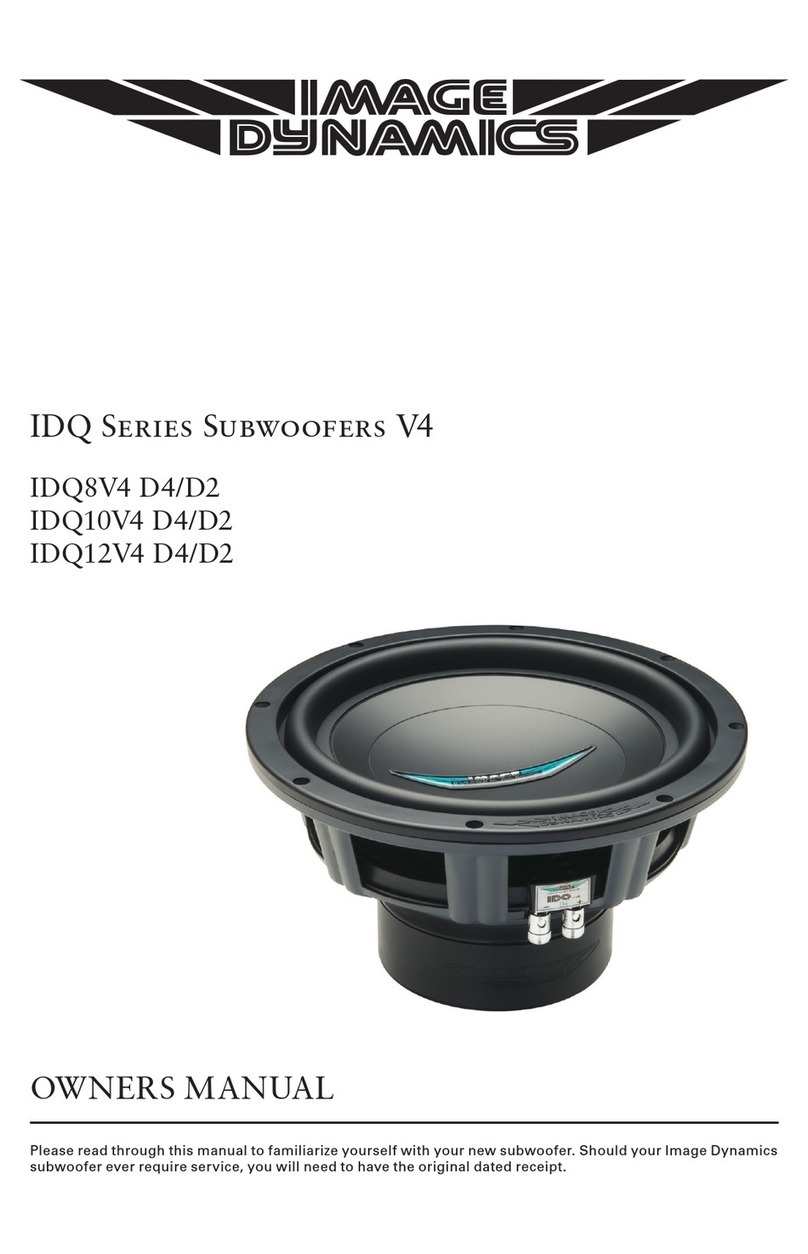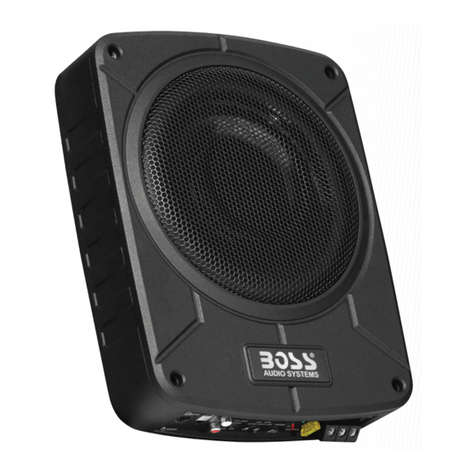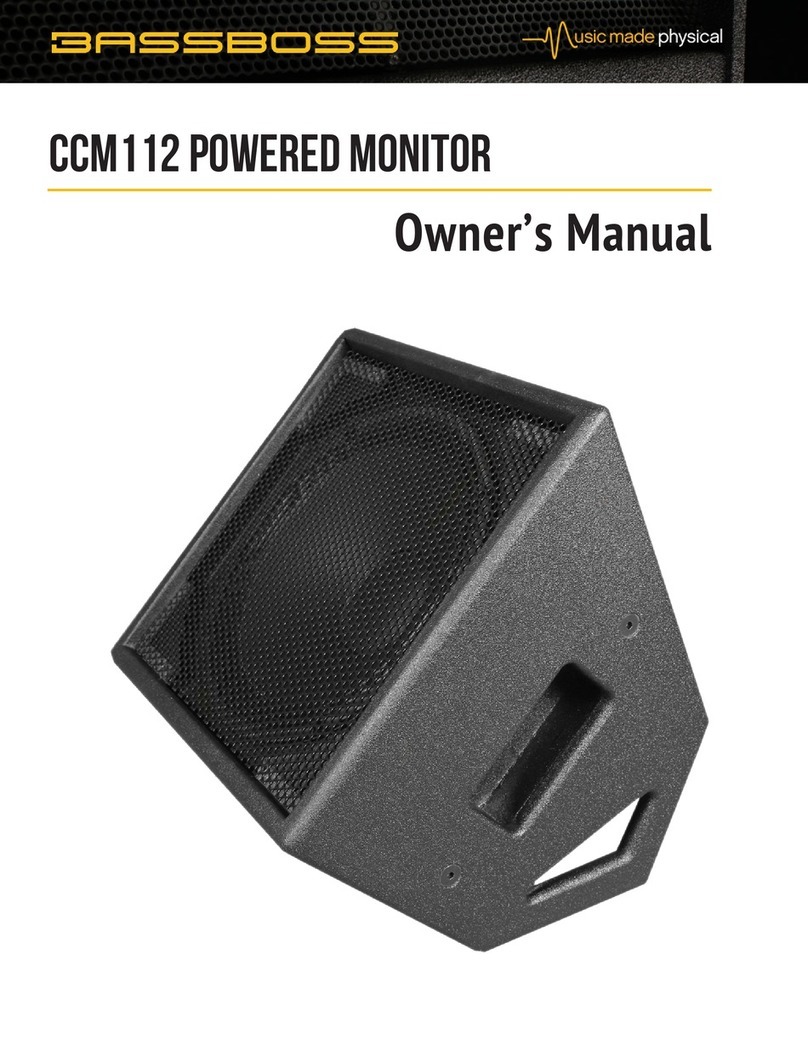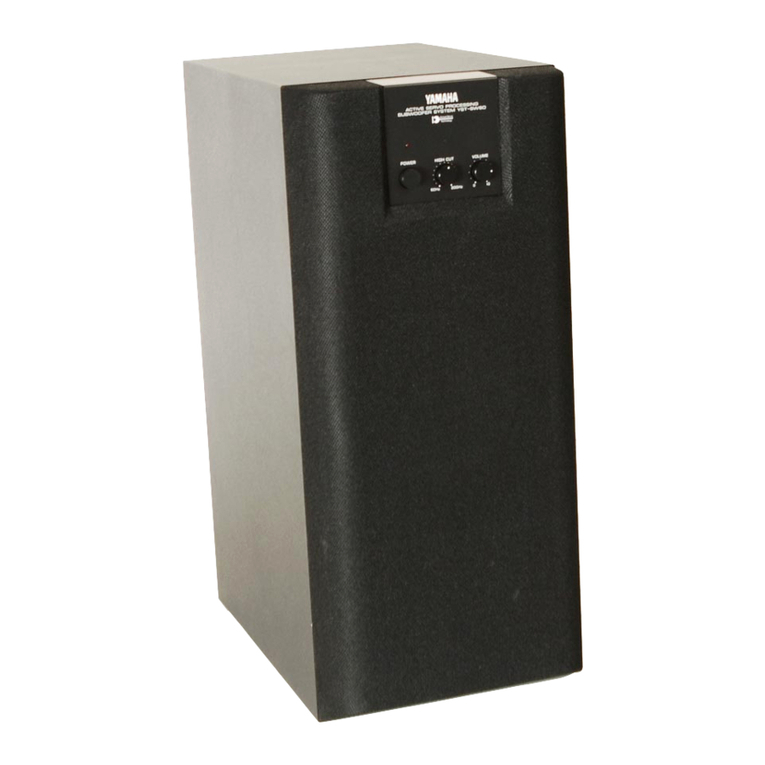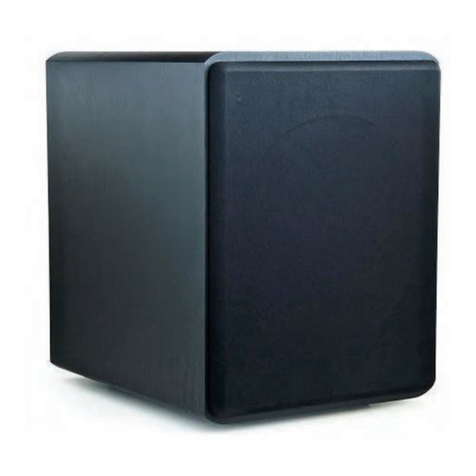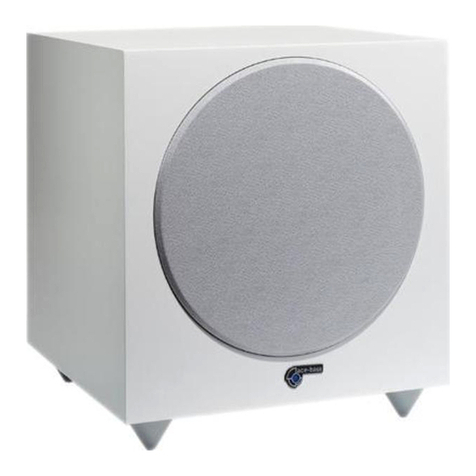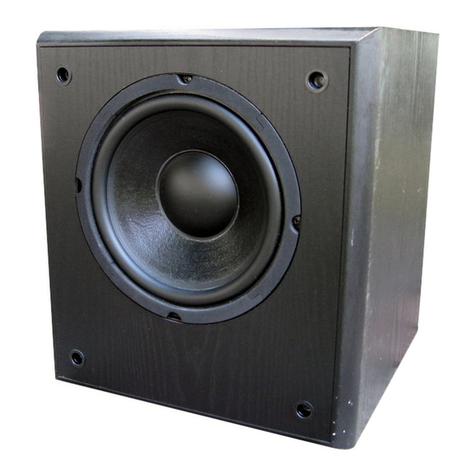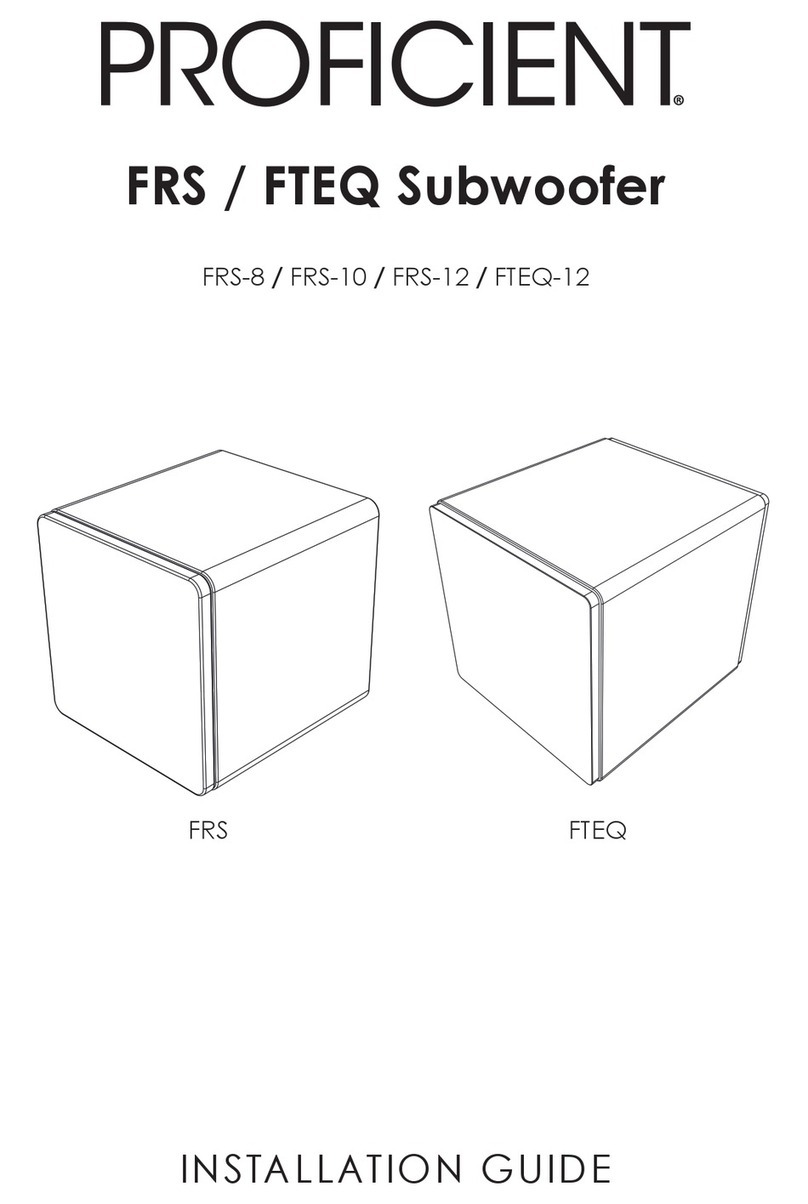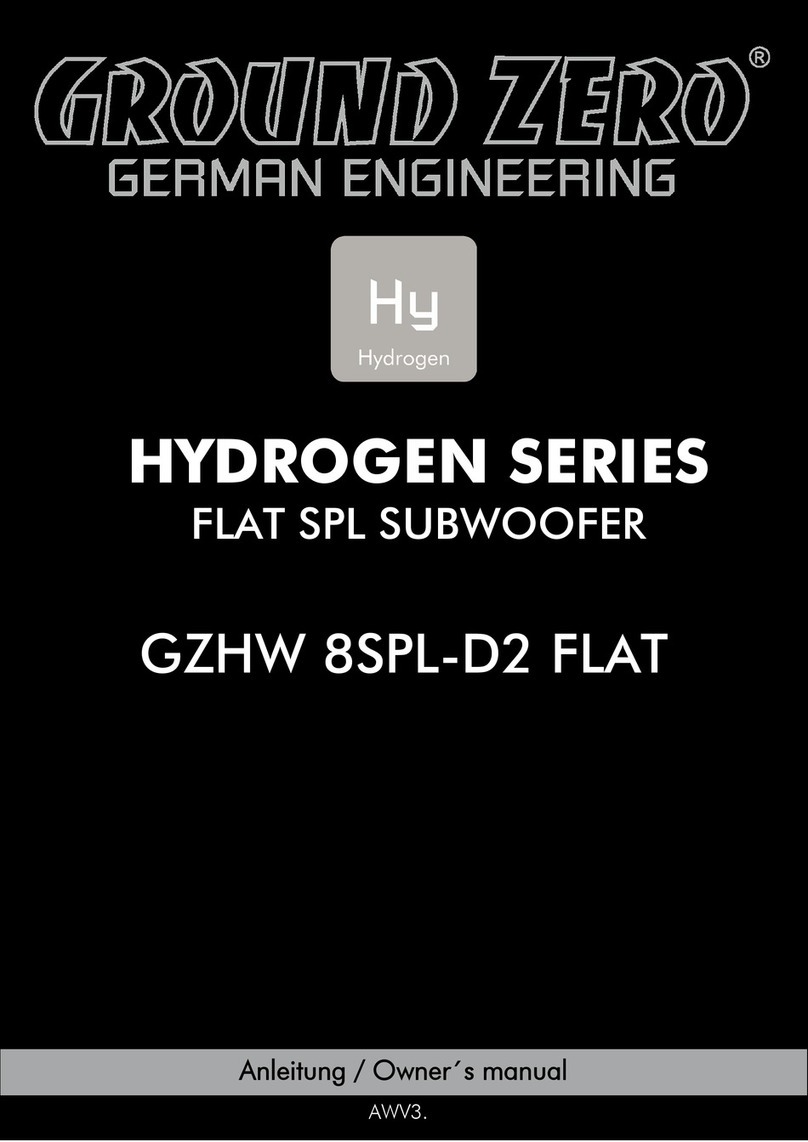
4) Make sure all ating surfaces have flush edges and stand the enclosure up on its legs. Apply
four cla ps fro side to side along the edges, at least two cla ps fro front to back and
at least two cla ps fro the top panel to the botto .
5) Using a da p rag or paper towel, wipe away any glue squeeze-out on the outside of the
enclosure (excess glue on the inside is fine). Allow to dry according to the glue
anufacturer's reco endations and re ove cla ps.
6) Sand and finish enclosure to your liking. See our web page for exa ples.
Final Assembly:
7) Solder 12-14” of speaker wire to the binding posts or ter inals of your choice, observing
proper polarity. Install ter inals.
8) Place woofer in its recessed cutout and ark the screw holes with a sharpie or pencil.
Re ove woofer and pilot drill these arks using your 5/64” drill bit. Repeat this process
for installing the port tube. Clean up the resulting sawdust.
9) Install your choice of sound da ping aterial. We reco end ½ pound of Acousta-Stuf
(part nu ber 260-317) or lining the interior walls with our ½” Sonic Barrier peel and stick
foa (part nu ber 260-520).
10) Connect the wire fro the ter inals to the woofer, observing proper polarity.
11) Deter ine the length of port you would like to use. With no extension used, the tuning
frequency will be around 52 Hz. With the full length of the extension used the tuning will
drop to 41 Hz. We reco end a length of 8-10” for the best results. You can use electrical
tape, super glue or hot glue to hold the port extension in place.
*Note – the port extens on may have to be nstalled from ns de the cab net due to the
t ght tolerances of the port open ng. We recommend nstall ng the port before the
woofer for th s reason.


